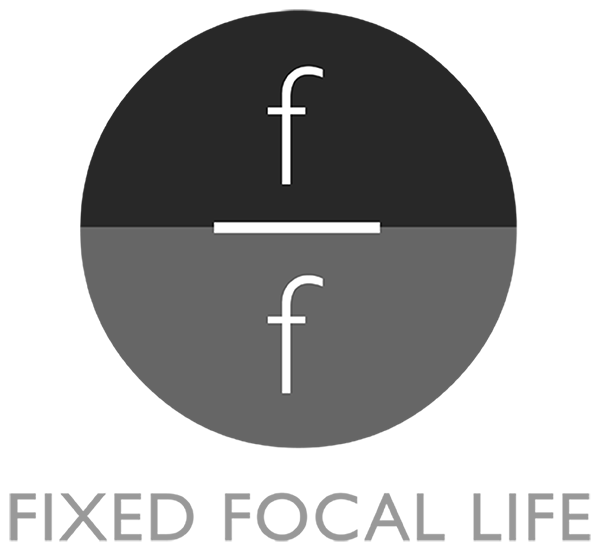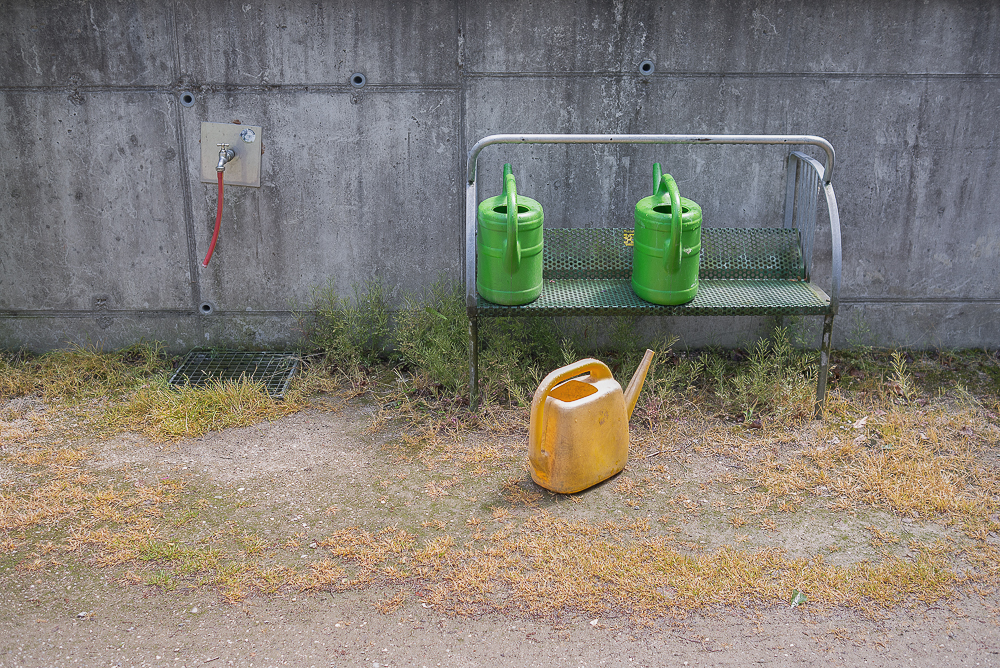Enrico Markus Essl - Communication Breakdown
Enrico Markus Essl
In this article we are going to be treated to a new series that Enrico Markus Essl has been working on. The series is titled Communication Breakdown. We will have a chat to Enrico and find out a little about him as an artist, and a bit about the project as well.
Can you tell us a little about yourself and your photography?
I live and work in Linz / Austria and so I do my most photography shots there. No big city but interesting to live and work there, there is also a wide culture diversity. A few years ago I found the way to Street Photography and it has captured me till today. On my journeys I always take my X1 with me, for it’s a small and inconspicuous equipment. I often try to combine graphic elements, shadows and hard light. I prefer bright sunlight to get distinctive contrasts. Mostly I use polarizing filters to intensify color brilliance. When I’m out in the streets shooting pictures I always take my X1, cigarettes and money for coffee with me.
- EME
I know you are from Austria, how do people react there to cameras and people taking photos? I know its very different culturally in each place around the world.
I think that people in Austria are more sensitive than in other countries when you come too close with the camera. I haven’t yet found reasons for it, but maybe it’s a matter of mentality or history.
- EME
You seem to shot a lot in colour, can you talk a little about colour vs black and white in relation to your work?
Regarding to my last series ‚Inside Out‘ (www.fotofactum.at/series/inside-out) you can see that I took the pics in black and white in order to draw attention to the essentials in the pictures, and to emphasize the concept of the series. All pictures were taken in strong sunlight, through glass panes and with the help of a polarizing filter. In the latest series I preferred color. Pictures have more expressiveness and offer more room for shadows, light, geometry and color contrast which I like playing with. I’m convinced that you can always make a mediocre black and white pic out of a bad colour one. On the contrary you can never make an excellent colour pic out of a bad one.
- EME
You talk so kindly of your home town Enrico, its great to hear people getting images in places that are close to their hearts. Do you travel and shoot much as well? And do you find shooting when travelling easier or harder?
From my point of view it doesn’t play a role in which places I actually take pictures. Basically, it’s possible to be successful in finding good motives in one’s hometown as well as in foreign places. Nevertheless, when I travel, I always have my camera with me and of course it’s more interesting and more fun to wander around in for me less well known places and to take pictures there. Each area has its special features and I try to figure them out and integrate them into my work. For example when I travelled the Cote d’ Azur, the beach and the people there played a major role. I have noticed that people outside of Austria and Germany react in a more positive way to being photographed. Therefore I really enjoy looking for motives in other places than my home country.
- EME
You mentioned that you shoot with the X-1. How do you find the fixed focal length? Can you tell us some of the positives and any negatives to this kind of set up for you?
I’ve experienced that the fixed focal length is perfect for my way of photography. The fixed length always keeps me moving and allows me special perspectives and angles that I couldn’t have by using a tele lens. There are no real negatives about this method.
- EME
Have you always shot digital? Or are you someone that used to shoot film and then converted?
When I was a kid I bought my first camera which was a Russian Zenit Reflex Camera. It was my companion in the following ten years. I developed the pics by myself in a darkroom. Actually, I’m not a nostalgic person, I like keeping up with the times and therefore I left the non digital ways of photographing behind me. Although there has been a boom in the field of analog photography over the last whiles, I don’t miss this kind of photography and all the working processes that follow it.
- EME
Can you tell me a little about the Communication Breakdown project?
The common feature of the pictures from this series is that objects seem to be in a process of communication. Another thing is that these objects tell stories and the spectator interprets his or her own stories based on the objects. Motives like shown in the pictures can constantly be found in the streets. Therefore this series is a never-ending story. I’m keen on continuing looking for objects which encourage people to think of their own stories.
- EME
I have spent some time looking at the images, and really like this kind of work from you. Can you talk a little about the lack of people as subjects in this project.
When wandering through the streets I constantly discover objects that seem to communicate with each other. These pictures speak for themselves which means that there’s no need of integrating people to outline a situation. Sometimes fragments of persons are visible to emphasize the expression of a situation.
- EME
You have presented 11 images for us in the series. What was your hit rate for this body of work? As in how many images did you create this edit from?
As I'm deliberately looking for motives when I’m planning a series it’s not really necessary to take a great amount of pictures. In this case there were 30 pictures from which I chose the best twelve. I’m anxious to be economical when taking pictures. This derives from the times when photography was merely analogue.
- EME
Is this a completed series, or is it something that youre continuing to work on?
Actually, it’s not a completed series. I’m continually working on it.
- EME
Can you tell us about any other series that youre currently working on?
At the moment I’m working on a series called ‚On Exhibition Street‘. I’m looking for motives in museums and exhibitions. In summer I’m going to make a series on a cruise ship.
- EME
Thanks for spending some time with us Enrico. I really enjoy this series and am excited to see it develop further as you build it.












